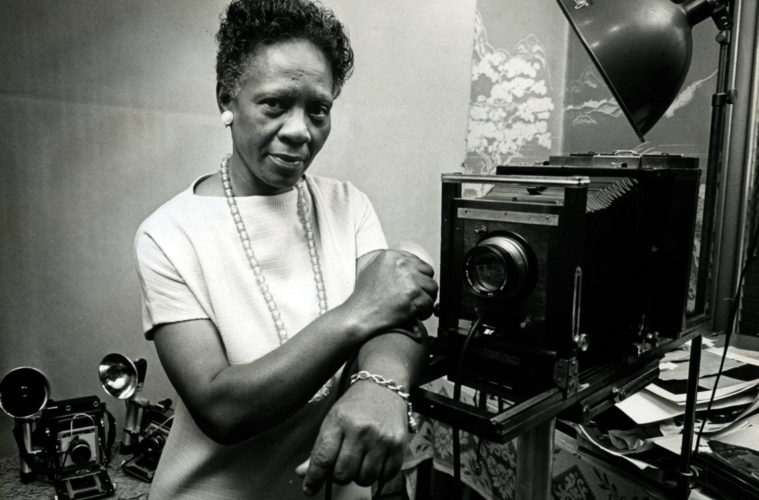“Truth in photography is a myth. Photography is a fictive medium.” This is the opening salvo at TruthInPhotography.org, a written message from Chris Boot the Executive Director of the landmark Aperture Foundation, and a principal at the new web-based narrative photo archive.
“Photography’s power surely rests,” he continues, not on an aspirational standard of objectivity, but rather, in “how it triggers our imaginations, and shapes our perceptions and points of view.” From the quest for “perfect” tourist shots, family portraits designed to serve the happy-home brand, or photojournalism – which, while not necessarily interested in idealization, may instead be aimed at poignant storytelling or evocation of the horrors of war and famine – photography exists in the context of subjective decisions. Where the photographer chooses to physically be, where within the scene to stand, and in what direction to cast their gaze and their lens; which details to focus on or what to crop out of an image and why (even aesthetic choices have narrative consequences); which frames from a roll to print and share; and even whether to work in color in service of realism and emotion or in black and white per conventions of reportage and conventional ideas of gravitas – all of these are choices made by the photographer, and these are just some of the ways in which “truth” can be both manipulated and amplified.
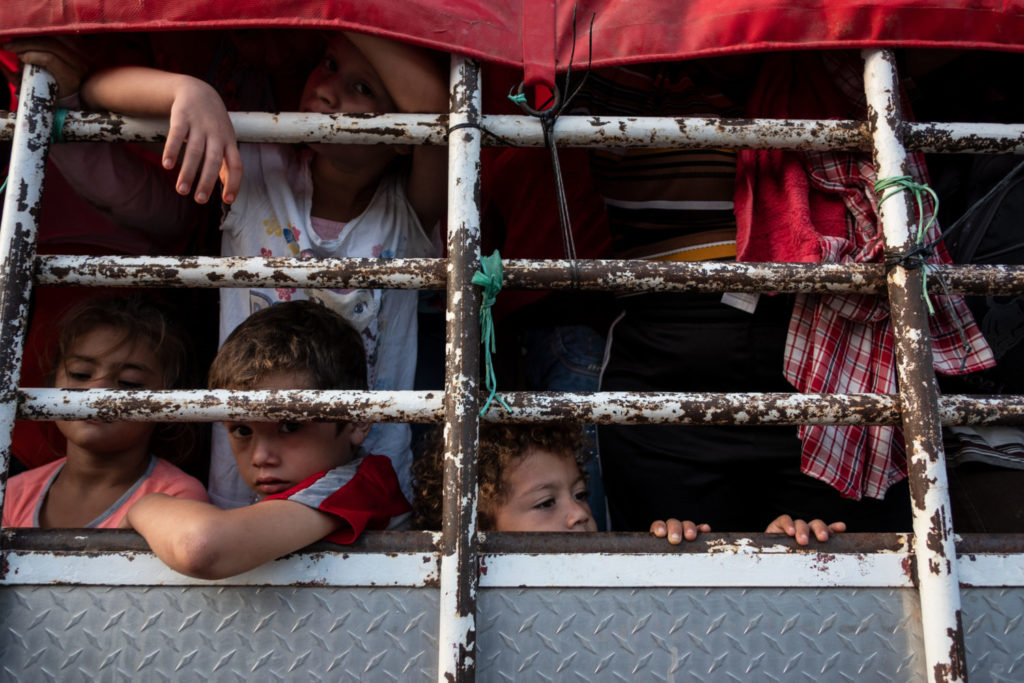
Honduran migrants taking part in a caravan heading to the US, get a ride on a truck near Pijijiapan, southern Mexico on October 26, 2018. © Guillermo Arias
Of course, stark images of actual events – from Lewis Hine’s haunting pictures of child laborers, to Nick Ut’s singular “napalm girl” photo that is largely credited with turning public opinion against the Vietnam War, to the video of George Floyd’s murder in 2020 – do obviously carry the gravitational pull of reality. What the thoughtful editorial text and powerful portfolio selections on the site – both their foundational exemplars and the quarterly themed releases – makes clear is that it’s not so much that photography is unreliable, but rather that perhaps ideas about truth and lies are not even the right questions to be asking. Let us assume, as they posit, that if it is all fiction to varying degrees, the right question is instead, how well does this image serve to communicate the truth, truthfully, including not only the factual events but the photographer’s skills at directing the narrative.
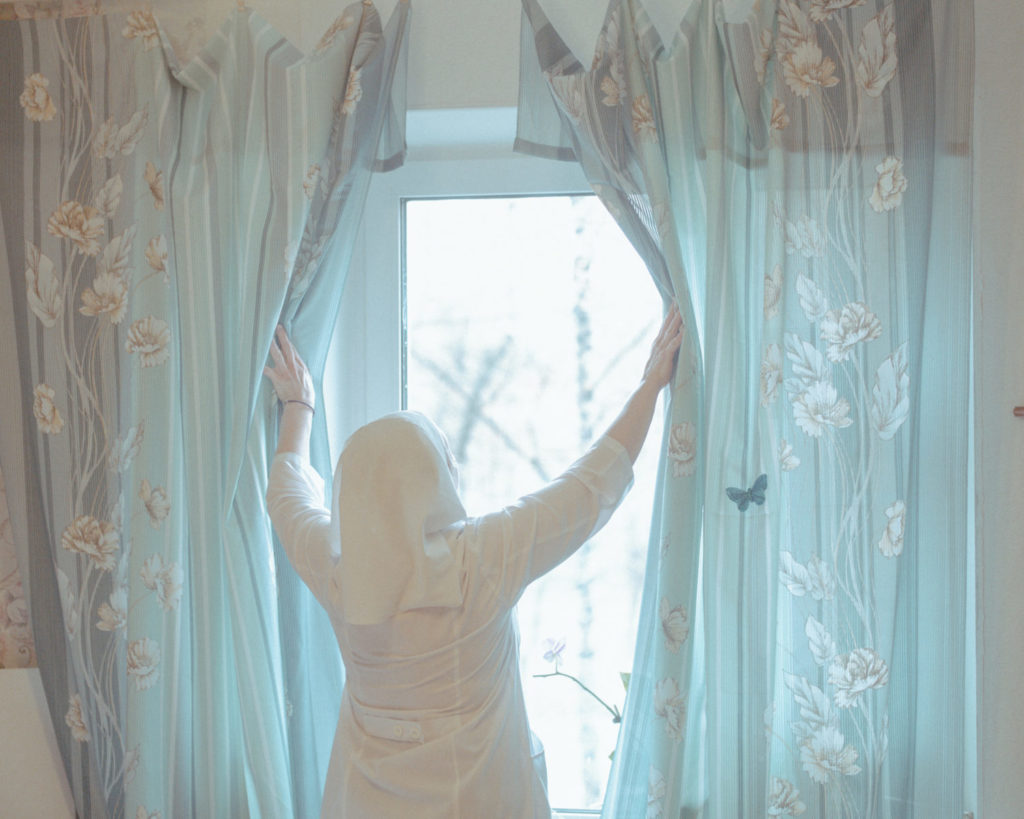
In the flat of Ludmilla Alexandrovna. Sister Natalia Georgivna comes to look after her three times a week for 48 hours. Moscow, Russia, April 24, 2020. © Nanna Heitmann / Magnum Photos
An interactive project committed to presenting multiple points of view and encouraging a wider discourse, the Truth In Photography project features diverse and eclectic contributions of curators, photographers, critics, and historians, as well as vernacular photography, photojournalism, and fine art. Undertaken in collaboration with Magnum Photos, Aperture Foundation, and International Center of Photography, the launch also marks the 35th year of Documentary Arts, a non-profit organization founded in 1985 to broaden public knowledge and appreciation of the arts of diverse cultures in all media.
Truth in Photography will be updated quarterly, beginning with the new Winter 2021 which comes in three themed sections. Looking for Truth in a Digital Age includes photo essays on the U.S.-Mexico border, including historical, contemporary, professional, and flickr-sourced content; The Ethics of Truth starts with renowned photographer Susan Meiselas speaking broadly about the moral responsibilities of documenting and engaging with history, the 1863 Civil War photographs of Alexander Gardner which raise difficult ethical questions when soldiers’ bodies were moved to better encapsulate the violence, a look at lynching postcards from 1908, and more contemporary photographs of homelessness and Covid deaths); and finally Community and Cultural Identity, which features photographs from the Texas African American Photography Archive, Clarence Elie Rivera highlighting the effects of gentrification on Puerto Rican neighborhoods, and further series portraying immigrant and indigenous enclaves, as well as impressive portfolios by previous Documentary Arts fellowship recipients.
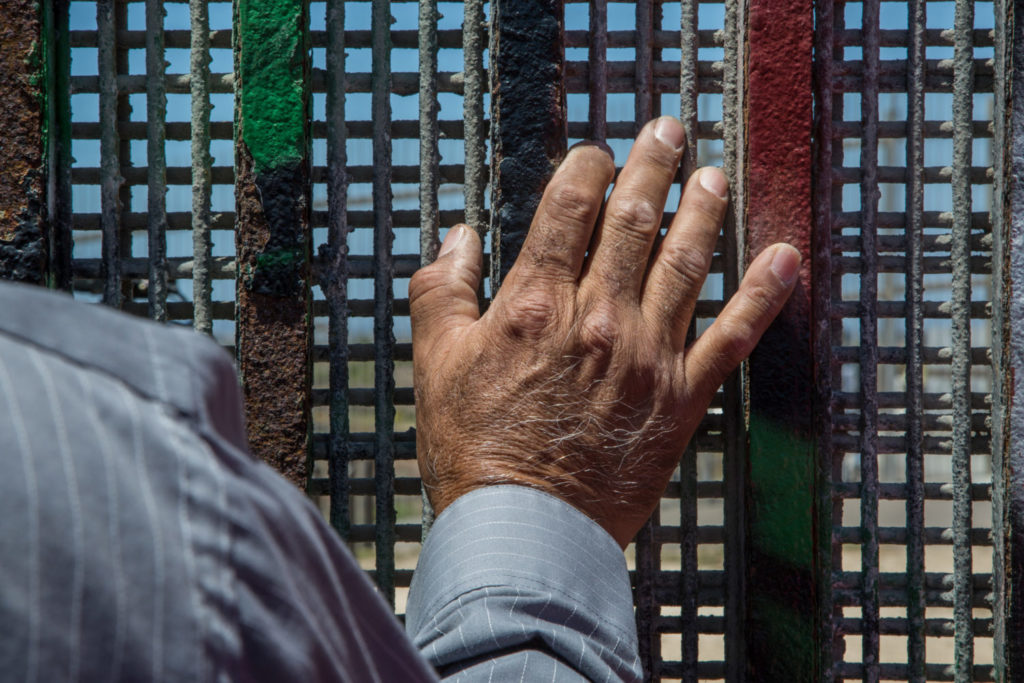
Pastor Guillermo Navarrete of the Methodist Church of Mexico at the border fence during the weekly meeting of the Border Church in Friendship Park, at the juncture of San Diego and Tijuana, 2020. © Griselda San Martin
“Photographs are inherently subjective in the ways in which they are made and perceived,” says curator Alan Govenar. “There is no absolute truth in the photographic image. Photographers frame the reality that they see whether the process is spontaneous or planned.” Unconscious bias, aesthetic style, narrative clarity, editorial direction given, personal affinity or more intimate familiarity with a subject, a particular love of telling details, a knack for in-camera effects – all of this and more infiltrates the image. This is not inherently problematic per se, but it is, as Truth in Photography ably conveys, urgently in need of interrogation and acknowledgment in the discourse.
To that end, if you’ve something to add to the conversation about truth, especially in the present moment of questioning reality, the destructiveness of terms like “fake news” and “alternative facts” and the increasing imperative toward more equity and agency in storytelling about history and the present, there’s also a submissions section for public contributions, called, perfectly, Share Your Truth.
Read more and view full portfolios at truthinphotography.org.
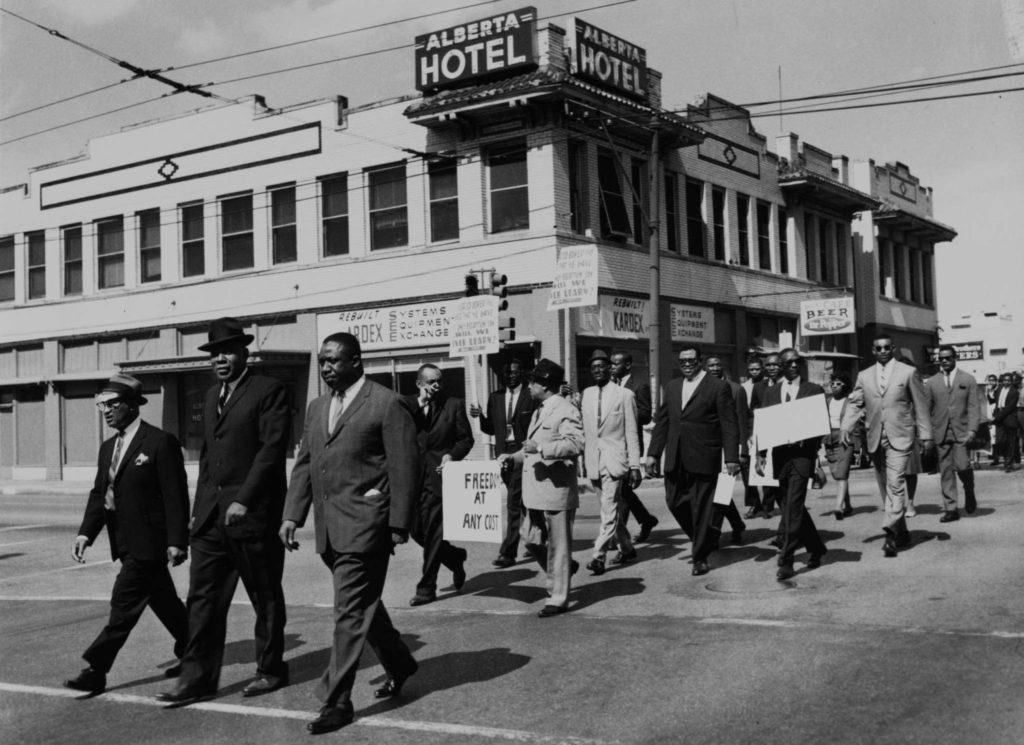
NAACP Picket, Dallas, Texas, 1965. (Texas African American Photography Archive)
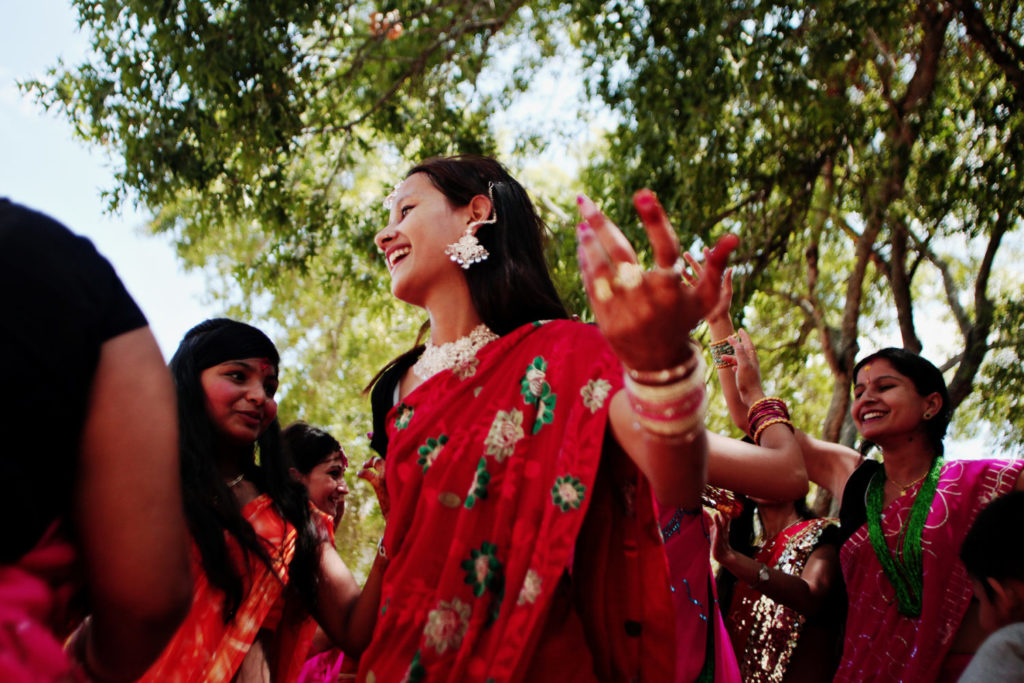
Bhutanese Nepali Americans in Austin celebrate the Rishi Panchami festival. September 1, 2011. © Mary Kang
Advertising disclosure: We may receive compensation for some of the links in our stories. Thank you for supporting LA Weekly and our advertisers.

